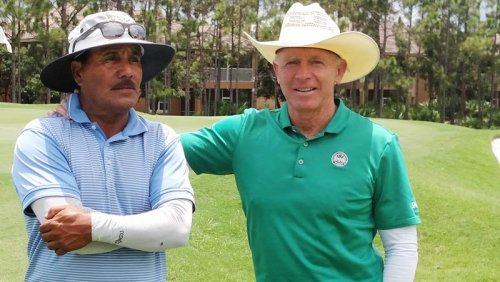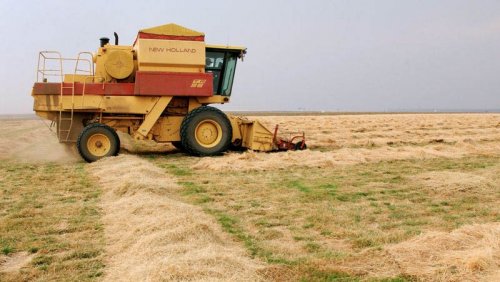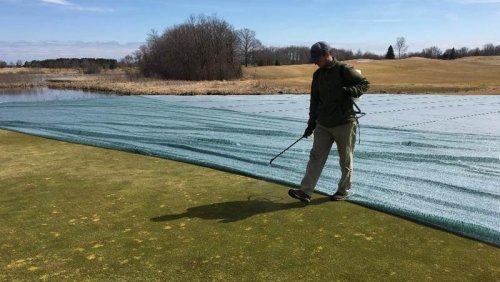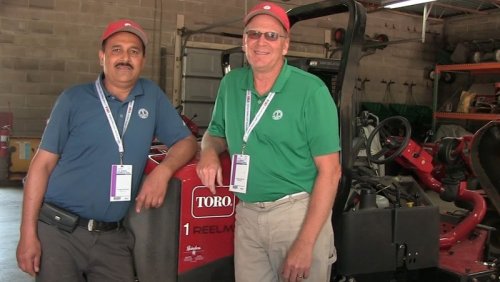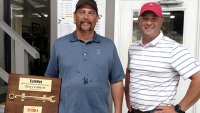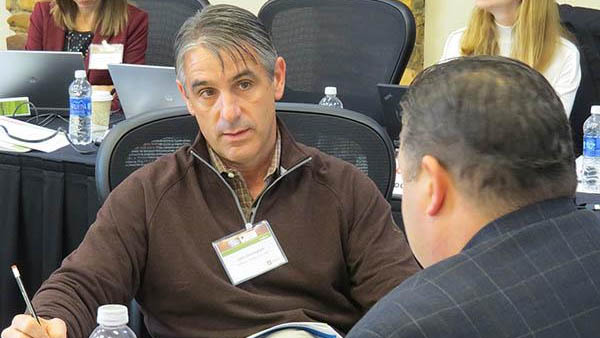

The Toro Workman GTX EFI models feature a closed-loop EFI system, eliminating the choke for maximum performance and reliable starting. This system continually adjusts the engine calibration for changing weather conditions and altitude, as well as the quality, grade and type of fuel.
Unlike a carburetor or open-loop EFI system that does not calibrate itself based on combustion feedback or adjust for fuel quality and other factors, the new Workman GTX's closed-loop EFI system has an oxygen sensor that provides continuous feedback on quality of combustion. Because of this, the system always delivers the correct amount of fuel and continually checks itself to optimize performance — increasing efficiency for a lower total cost of ownership.
The Workman GTX line also features new attachments designed to help superintendents and grounds managers adapt to any task. The new flatbed solid side and fold-down side kits are designed to provide added flexibility for containing materials on a 6-foot flatbed. The solid side kit features a rear foldable tailgate with lanyards and durable steel sides, while the fold-down side kit allows the option for the flatbed to be used for large items when sides are not required. Each kit can be installed on any existing GTX 6-foot flatbed with no modifications.
The Workman GTX is also available with a fold-down rear-facing seat option that provides seating for two additional passengers. It replaces the standard cargo bed and is compatible with both the standard and extended GTX models, converting them from a two- or four-passenger configuration to a four- or six-passenger configuration, respectively. When the vehicle is not needed for transportation, the seat folds down and doubles as a flatbed with rail sides to increase the productivity of the vehicle for other needs.
The new model and attachments deliver the same benefits that define the entire Workman GTX line. These grounds and turf crossover vehicles boast an unequalled combination of comfort, utility and control, thanks to features like the split frame and gimbal joint. This design allows the Workman GTX to articulate on uneven terrain to keep all four wheels on the ground. An automotive-grade rack and pinion steering system also provides exceptional control with minimal steering effort. Coil-over shocks on all four wheels provide a smoother ride. Finally, four-wheel hydraulic disk brakes give the Workman GTX reliable and consistent stopping power with less maintenance.
- Read more...
- 4,582 views


